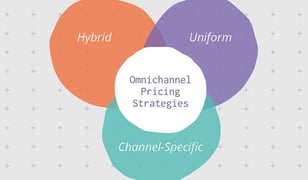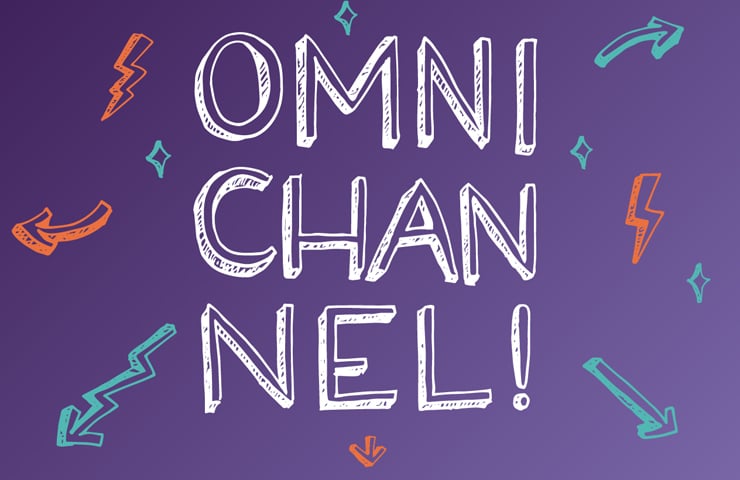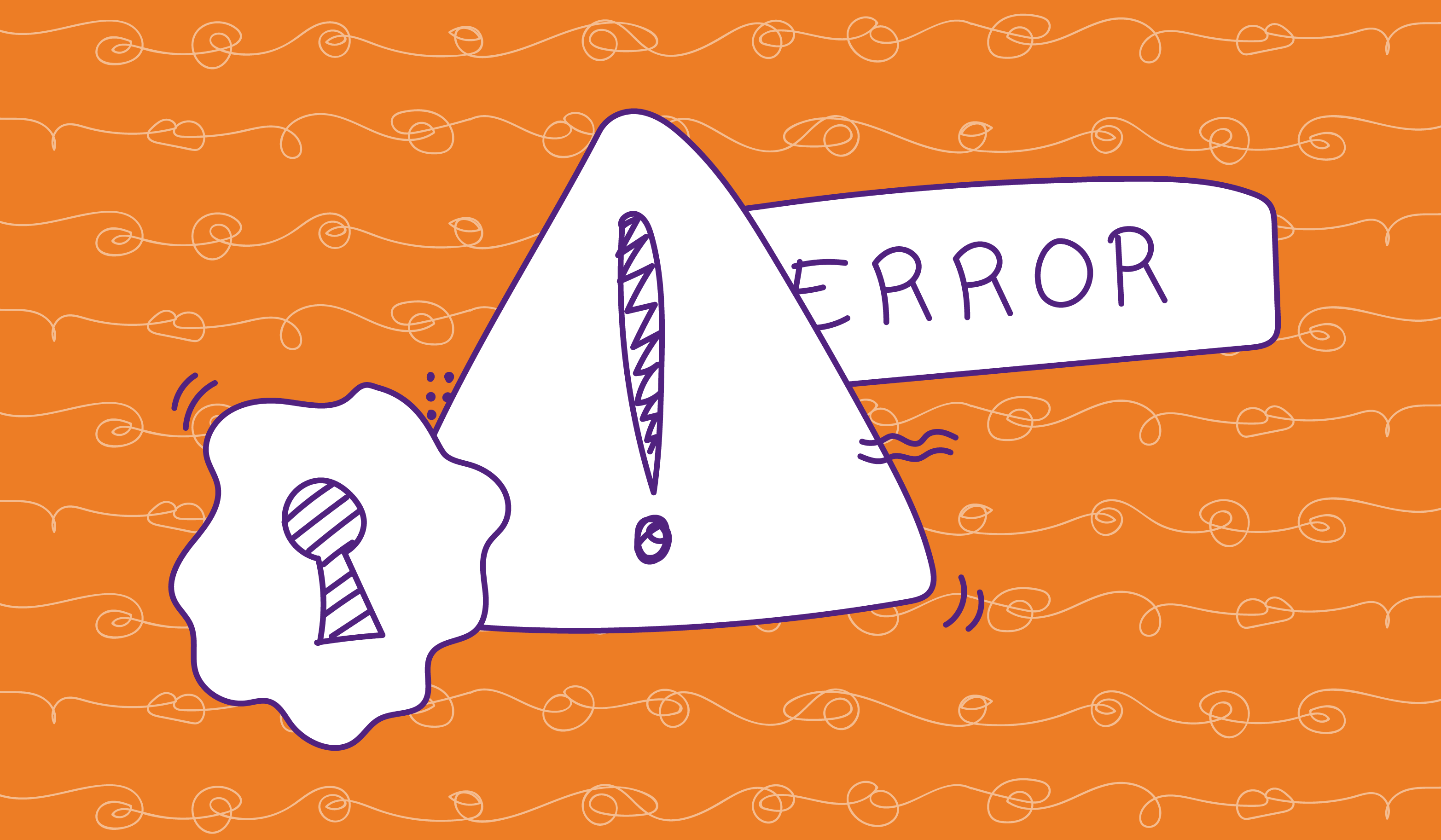The future of ecommerce is omnichannel because it gives retailers an opportunity to put conversion points right where shoppers are today—which is everywhere.
But how does pricing work in a world where the number of sales channels seems to grow every day?
There are three main omnichannel pricing strategies to consider whether you’re pricing products for your website, your store, Google Shopping, or beyond—and here’s everything you need to know about them as well as tips for choosing the right one.
Omnichannel Pricing Strategies
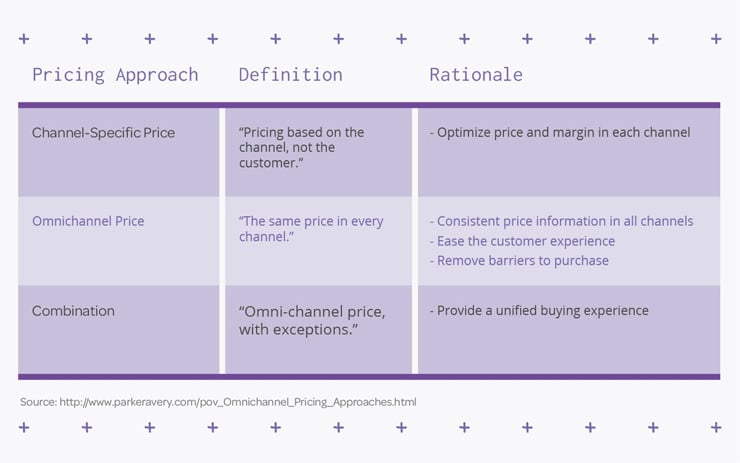
Omnichannel Pricing
Omnichannel, or uniform, pricing is the practice of using the same price for a product at all times, on every channel.
This pricing method ties in perfectly with an omnichannel approach to retail in which sellers seek to provide a unified shopping experience no matter which channel a customer is using—whether that’s social media, a brick-and-mortar store, an online marketplace, a webstore, and so on.
Customers are sensitive to price differences and don’t like to feel “tricked” by large price variations across channels. Omnichannel pricing can reduce barriers to purchase by eliminating the time and hassle of comparing prices on different channels. This thoughtful touch can build up customer loyalty by improving the perception of your pricing and customer experience.
What Kind of Retailers Should Use Omnichannel Pricing?
If you really want to be known for providing great customer experiences, omnichannel pricing is for you. Easy-to-understand pricing makes it simple for shoppers to interact with (and remember) your channels. Especially if customer retention is one of your primary goals, omnichannel pricing can help give you an edge on competitive pricing without ticking off customers who spend a lot of time comparing prices and products on a variety of channels.
Weaknesses of Omnichannel Pricing
Omnichannel pricing doesn’t mean you can just set your pricing and walk away and forget it.
Since this method means your pricing is displayed across every single shopping and advertising channel, possibly even in different parts of the world, you need to be thinking about holidays, seasons, inventory levels, and more.
For example, while it may make sense to mark down your coats at the end of winter in one hemisphere, you could be killing your sales margins on the other side of the world where the cold is just setting in.
The more robust your omnichannel presence, the harder it can be to manage these ever-changing factors without a lot of man hours or specialized software.
Need help optimizing your products, prices, and sanity? Start using the Plytix PIM today and get back to the fun, creative part of your job.
Hybrid Pricing
Hybrid, or combination, pricing is just like omnichannel pricing, but with room for some exceptions.
This strategy strives to keep the customer experience as smooth as possible while still allowing for fluctuations on specific channels or for specific customers. The idea here is to use this strategy to your advantage.
For instance, say a customer has viewed a specific item on your website several times, but always leaves without making a purchase. By adopting a hybrid pricing approach, you could display an ad to that particular shopper offering a special 10 percent discount for the product they’ve viewed on your website.
Hybrid pricing can also come in handy if the outlets on which you sell your products have varying rules on pricing. Amazon, for example, says that your list prices on their marketplace must be equal to or lower than your pricing on other channels.
Who Does Hybrid Pricing Work For?
We see hybrid pricing often in the form of loyalty cards or programs. Many large grocery stores, for example, offer some kind of discount program for “members.” They get the benefit of repeat customers while the members enjoy exclusive discounts.
If a loyalty program isn’t a perfect fit for your business model, what about a subscription or a unique discount code to boost conversions in specific channels or for certain shopper types?
With all the markets, seasons, marketplaces, and other considerations online brands and retailers have to think about today; a hybrid pricing strategy might be the best way to support omnichannel retail without being too rigid.
Hybrid Pricing Pitfalls to Avoid
Hybrid pricing requires diligence. If you serve an ad with a higher price to a loyal customer or an online buyer finds their product cheaper in store, you’re going to make some people pretty unhappy. And unfortunately, unhappy consumers speak louder than the happy ones.
While a pleased customer tends to tell nine other people about their experience, a displeased one will average about 16 “anti-referrals.”
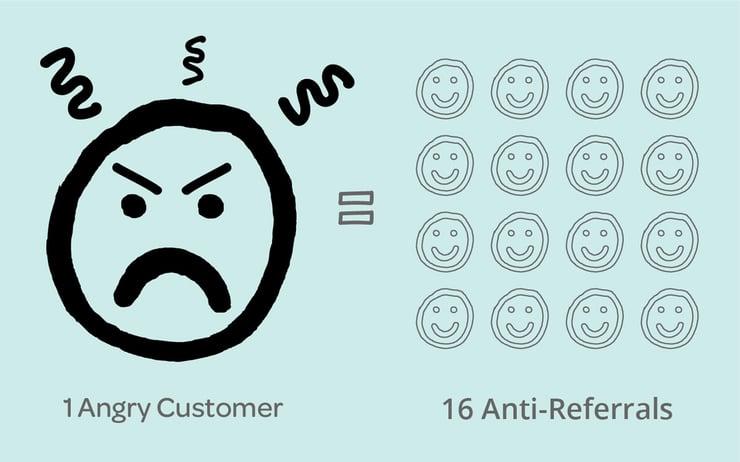
Loyalty programs also come with logistics and kinks that you’ll have to work out. A Gartner survey found all kinds of reasons that loyalty programs didn’t work, including the rewards taking too long to accrue, the discounts not seeming worth the trouble, and the rewards being of too little value.
Channel-Specific Pricing
Channel-specific pricing is based completely on the channel, not on the consumer.
Retailers may test out different pricing on different outlets or even offer online-online (or, in-store-only) specials. Therefore, shoppers could view different prices on the brand’s website versus Amazon, in a catalog versus on a social media, and so on.
This pricing strategy was more popular before the ubiquity of omnichannel retail and marketing made linear shopping mostly obsolete. Where customers used to have fewer outlets for comparison shopping, today they’re visiting more touch points than you might even know you had. In fact, some shoppers are even pricing and comparing your competitor’s items right in the store!
Where Channel-Specific Pricing Can Still Work
An online retailer may use expensive pricing to drive shoppers to purchase from specific, more affordable channels. If one of these channels is their webstore, they’ll now be able to collect consumer data for later marketing use and show off all their other awesome inventory.
Savvy, indeed!
The Catch with Channel-Specific Pricing
Channel-specific pricing can optimize margins for brands and maximize revenue by cutting out third-party sellers. However, there isn’t a ton of upside for modern consumers who have little patience for confusing pricing and can easily take their dollars elsewhere.
After all, how would you feel if you found that brand you purchased some pricey snowboarding gear from in-house is offering it for 20 percent less on Amazon? Or worse—on their own website!
Ultimately, it’s up to you whether the reward of optimizing your margins is worth the risk of going against the transparent omnichannel pricing practices that are gaining popularity today.
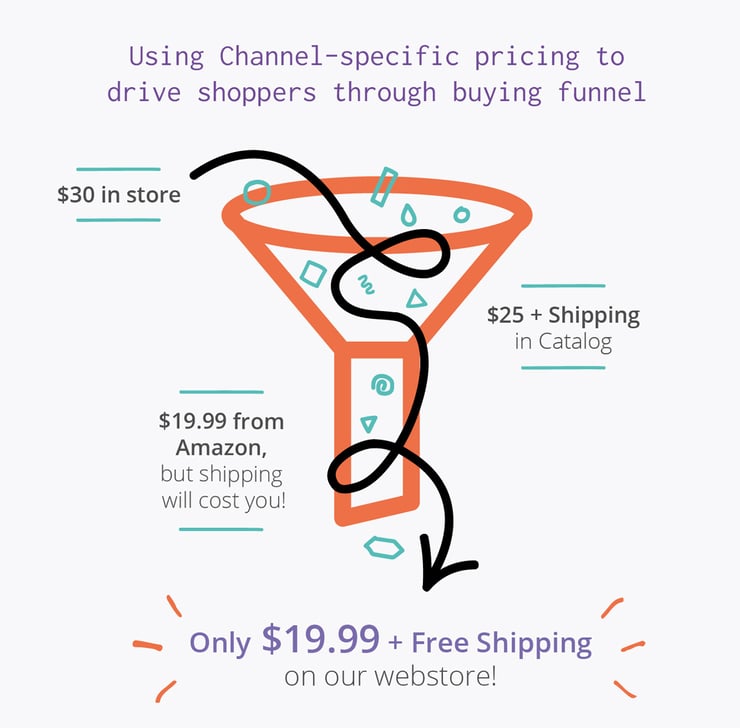
Tips to Pick the Right Omnichannel Price Configuration
Know Your Bandwidth
Do you have the software and/or the staff to keep up with a super robust omnichannel pricing strategy? Better yet, have you taken the time to truly understand the cost and the return of such a strategy?
The omnichannel pricing method you choose, and the extent to which you want to take it, should at least partially take into account the level of coordination you can keep up among your various channels.
Think channel-specific pricing is the way to go but have 13 channels and one part-time employee? You might want to stick to some well-planned omnichannel pricing for now.
Know Your Markets
Regional and seasonal differences can play a huge role in your ecommerce success. People in different parts of the world want different things whether it’s due to culture, weather, trends, or all of the above. If you’re selling in tons of different markets, it may make sense to carefully consider channel-specific or at least hybrid pricing.
In addition, you’ll want to use data to understand the kind of customers who shop for your products. The reality is that some products attract bargain hunters while others pull in higher-paying convenience seekers. Knowing your audience will help you determine which pricing strategy to choose as well as how much time and effort to devote to it.
Know Your Competition
If you have a solid understanding of what your competition offers, you have options on what smart pricing moves you can implement to outmaneuver and hopefully outsell them.
One one hand, you might be able to draw their audience to your products with more competitive pricing across a variety of channels using omnichannel pricing. On the other hand, you could implement a carefully-planned channel-specific strategy to draw comparison shoppers into a funnel that ends up on your website, social media, or another platform where your brand personality and customer experience has a better chance of closing the deal.
Even a hybrid pricing approach can work when it comes to outperforming your competition. Have a direct competitor who’s killing it on Instagram? Piggyback on that interest by advertising a special where shoppers who visit your webstore from Instagram enjoy a discount.
Achieving Success with an Effective Omnichannel Pricing Strategy
There is no one size fits all approach when it comes to pricing your products. This all depends on external factors like your competition, your customers, nature of your products, etc.
Understanding the pros and cons of each pricing strategy is the first step to implementing an effective omnichannel pricing strategy. Then you should study your capacity, your competitors and the market to make your final decision.
We are confident that you will choose the right strategy for your brand thanks to our comprehensive guide. If you enjoyed this read then check out our blog post on the top mistakes to avoid when going omnichannel.
Frequently Asked Questions
1. What is the pricing strategy of omnichannel?
There are many different ways to approach pricing when using an omnichannel commerce strategy. The three main pricing methods are: uniform, hybrid and channel-specific. The pricing method you choose ultimately depends on your company and its goals.
2. What is an example of an omnichannel strategy?
Omnichannel retailing refers to creating a seamless customer experience across multiple channels, including online, mobile, and in-store. Therefore an example of omnichannel is when a customer starts an online order by adding items to their cart. In an omnichannel approach, the customer should be able to view his cart on his mobile app too and he might receive notifications on the same app or via email about completing that purchase.
In the above example, the customer was connected to the brand every step of the way, even though it was through multiple touch points or channels.
3. What is the benefit of omnichannel strategy?
An omnichannel strategy enhances the customer experience by providing a seamless and consistent interaction across various channels, leading to increased customer satisfaction and loyalty. It allows businesses to collect and analyze data from different touchpoints, enabling them to make more informed decisions, personalize customer interactions, and optimize inventory and supply chain management.
Additionally, an omnichannel approach can lead to increased sales and revenue, as it caters to different shopping preferences and encourages customers to engage with the brand across multiple channels, increasing the opportunities for conversion.

